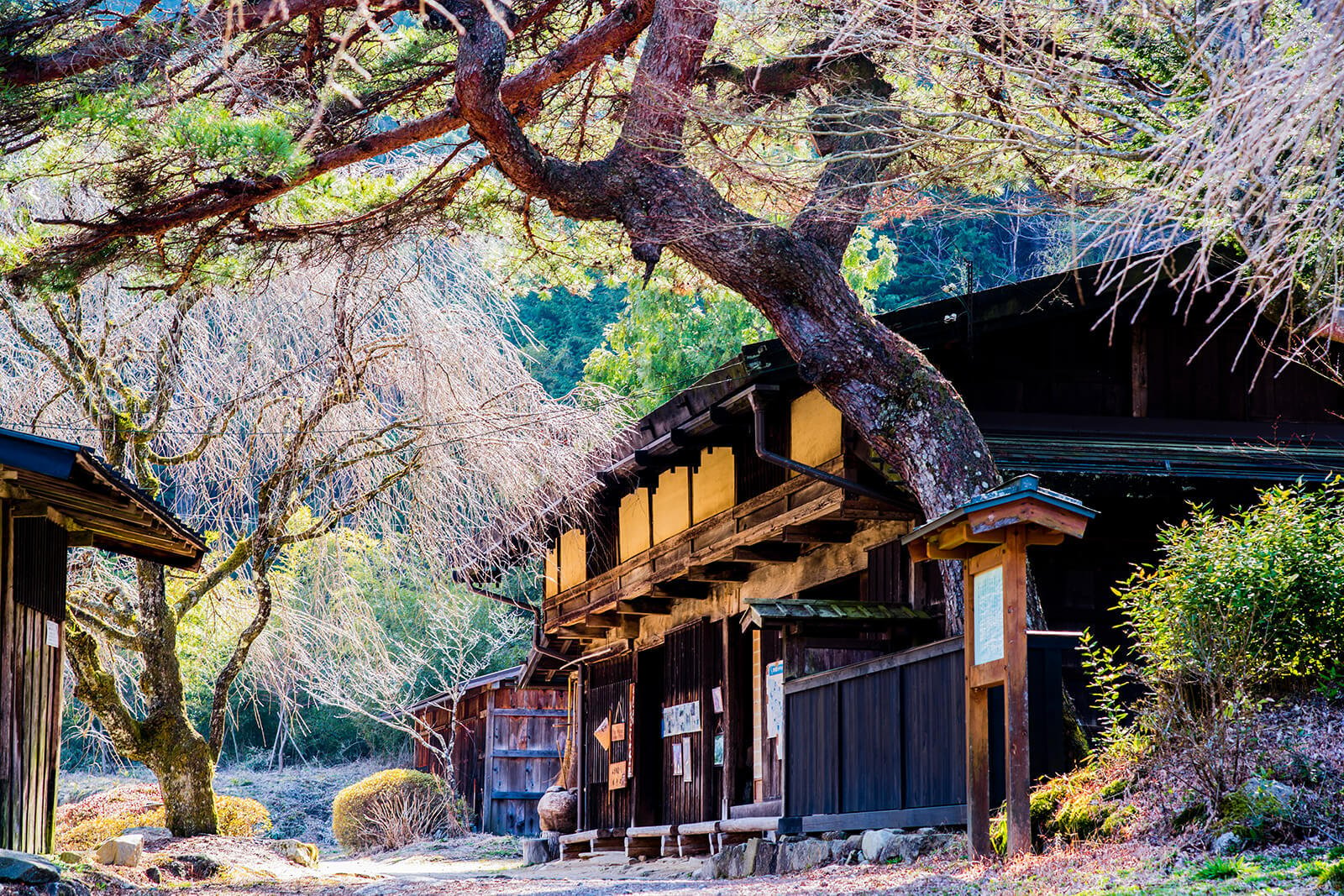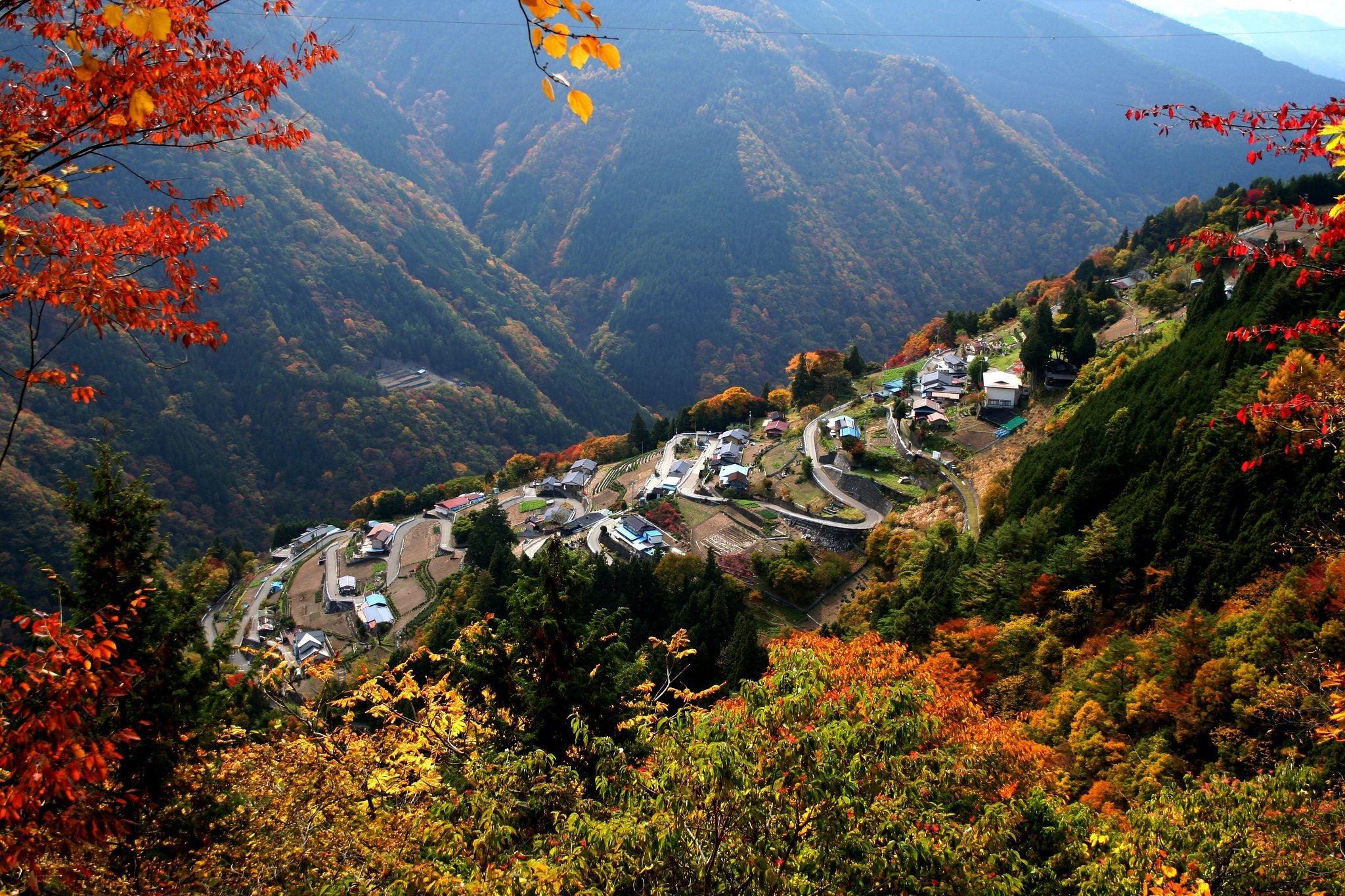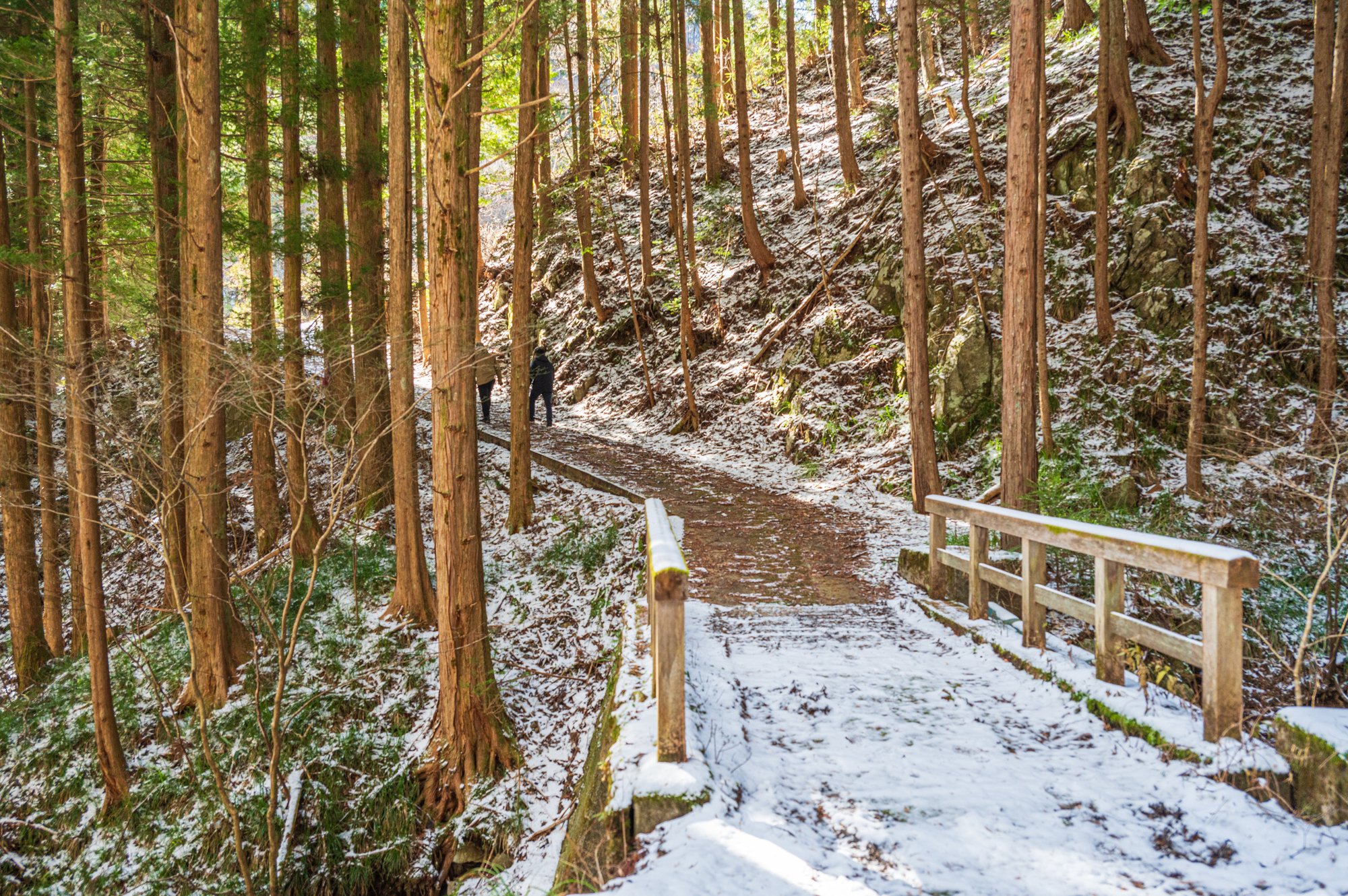
Numerous roads have been carved throughout Japan over the centuries, many of which crossed through Nagano. Some led ascetics to holy mountains and pilgrims to venerable shrines and temples. Others facilitated the trade of salt and seafood to landlocked regions. Others were carved out to move troops on war campaigns.
The tall peaks of the Japanese Alps funneled many of these trails through the southern border of Nagano, where they helped to influence the culture of this region and left behind atmospheric townscapes, moss-covered stone monuments and wayward shrines.
Walk along the same paths as merchants, pilgrims and samurai and slip back in time to another Japan.
The Ancient Trails of Southern Nagano
The Nakasendo Trail
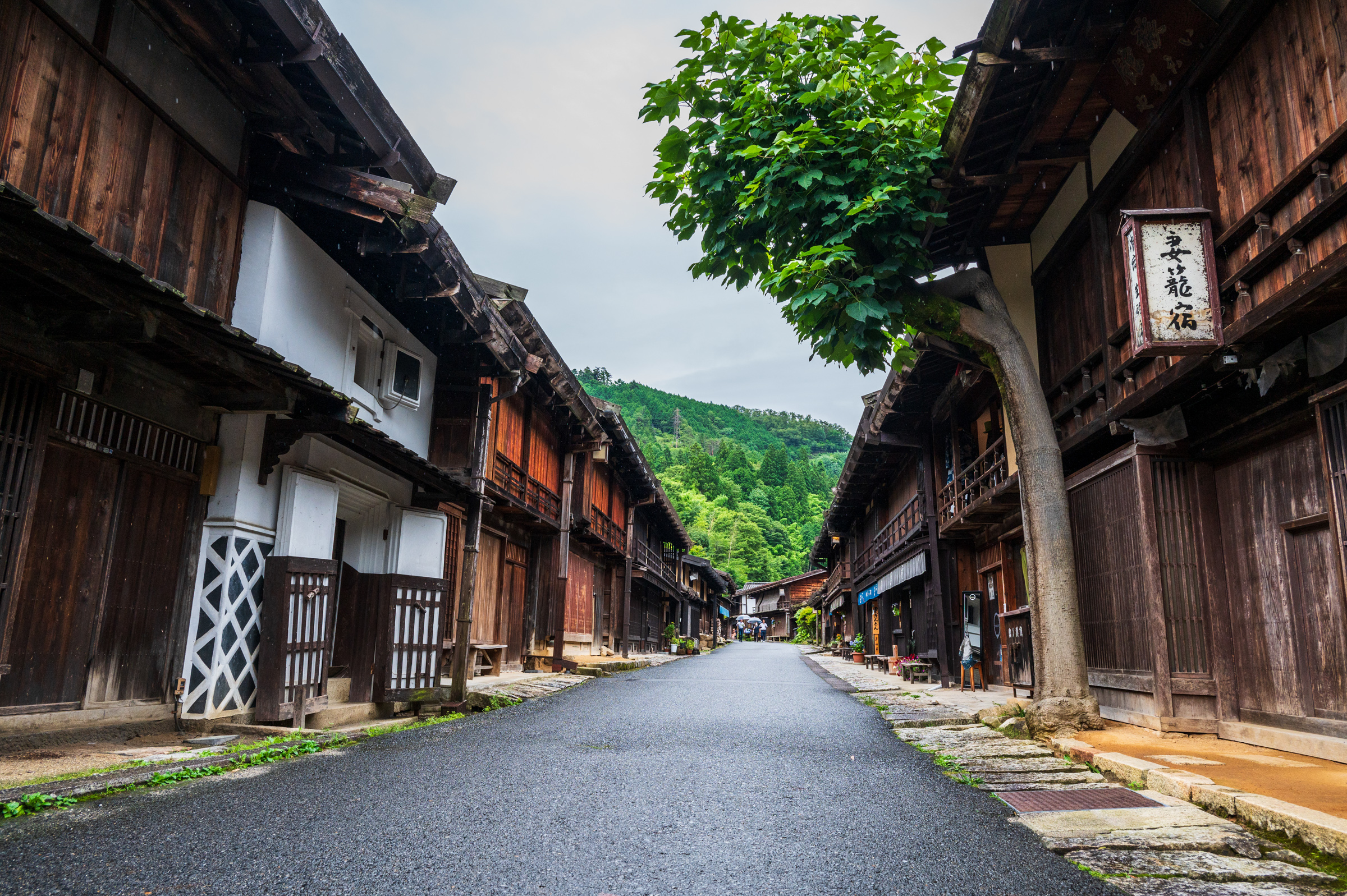
The Nakasendo Trail was established during the Edo Period when the capital of Japan moved from Kyoto to Edo (now Tokyo). It was one of five roads to Edo known as the Gokaido, which also included the Tokaido Trail, the Nikko Kaidō, the Ōshū Kaidō and Kōshū Kaidō. Passing through the mountains of central Japan rather than traveling along the coast, the Nakasendo was much longer than the Tokaido Trail but also considered safer.
Post-towns, or shukuba-machi, were established along the Nakasendo and the four other roads connecting Japan. In addition to postal service, the towns provided lodging, transportation, supplies and food. The Shogunate also used the post-towns to police the roads with sekisho (barrier stations) along the way as well as villagers providing information on crime and stowaways. High ranking officials required to travel under the Sankin Kotai system would stay at the highest class accommodations, known as Honjin. Their entourages and samurai retainers would stay in the Waki Honjin or other lower class accommodations.
Several well preserved post-towns remain to this day, such as Magome-juku, Tsumago-juku and Narai-juku. And there are still many places to walk along the Nakasendo.
The Tosando Trail
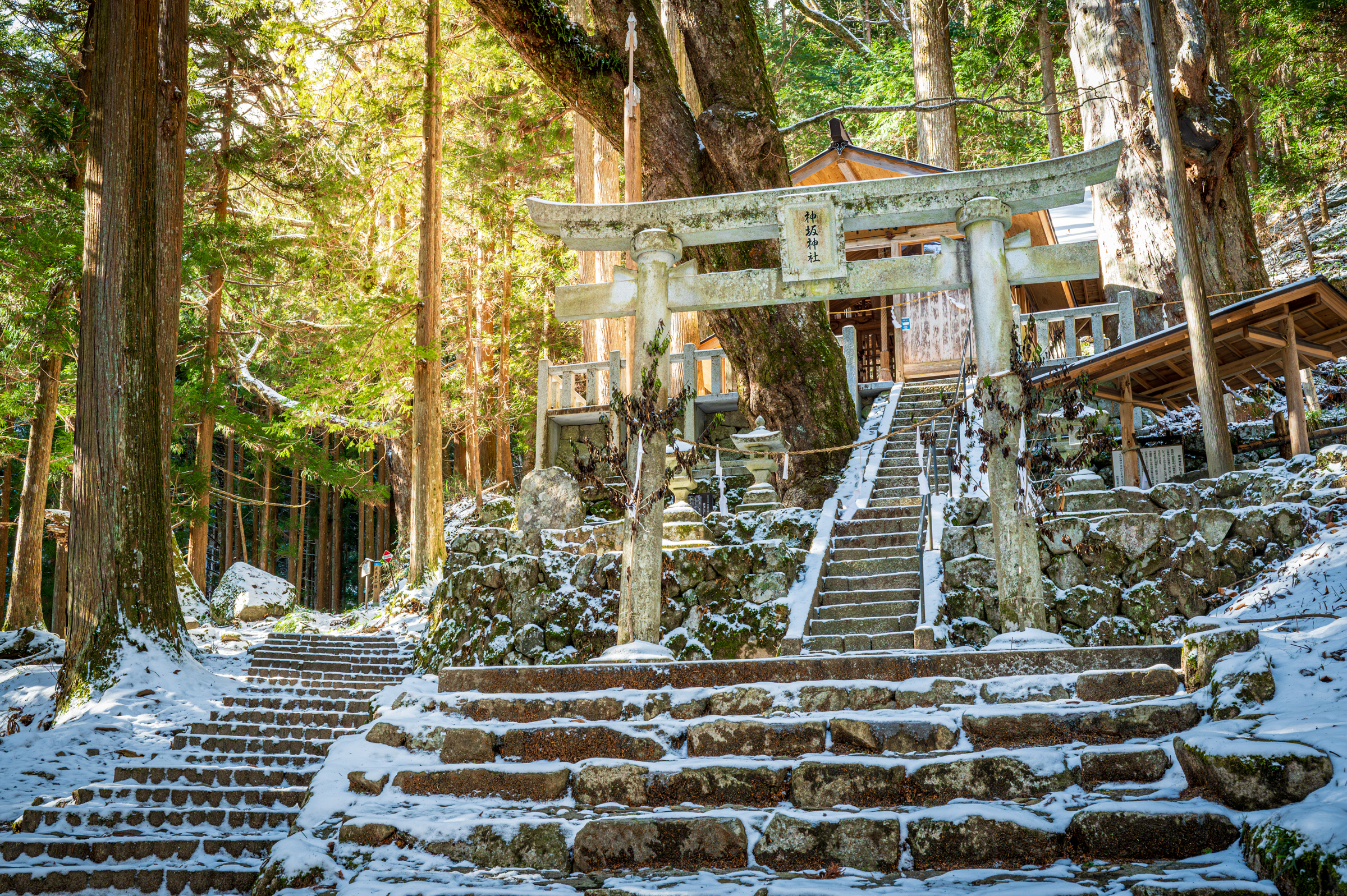
The Tosando Trail was an ancient route established over 1,300 years ago to connect Kyoto, Shinano (Nagano) and Northeastern Japan. The route begins in Seta, Shiga Prefecture and ends in Tagajo, Miyagi Prefecture; and has a length of around 1,000 kilometers. Along the way, it passes through Gifu, Nagano, Gunma, Ibaraki, Fukushima as it heads north. It was a major travel route until the mid-Nara Period.
One of the most difficult passages of the Tosando Trail was the climb up Misaka Pass (1,569 m). According to ancient records, the pass was so long and steep that some people died before making it across, while others were accosted by bandits. Moved by the plight facing those who summited the pass, the founder of the Tendai sect of Japanese Buddhism, Saicho, built emergency shelters (kōsaiin and kōjōin) on either side of pass to support travelers on their journey.
In the Edo Period, the Nakasendo was established along a similar route to the Tosando and offered a less difficult journey thanks to its better infrastructure. As a result, the Tosando fell into disuse. Now, remnants of its ancient history remain along sections of the trail, particularly the section that crosses Misaka Pass on the border of Nagano and Gifu.
There is a network of trails around Misaka Pass, connecting the old Tosando with several nearby mountains such as Mt. Ena (2,191 m) as well as Heavens Sonohara Ski Resort. You can do the climb yourself or take a tour of the Tosando with guide and transportation included.
The Buri Kaido (Hida Kaido)
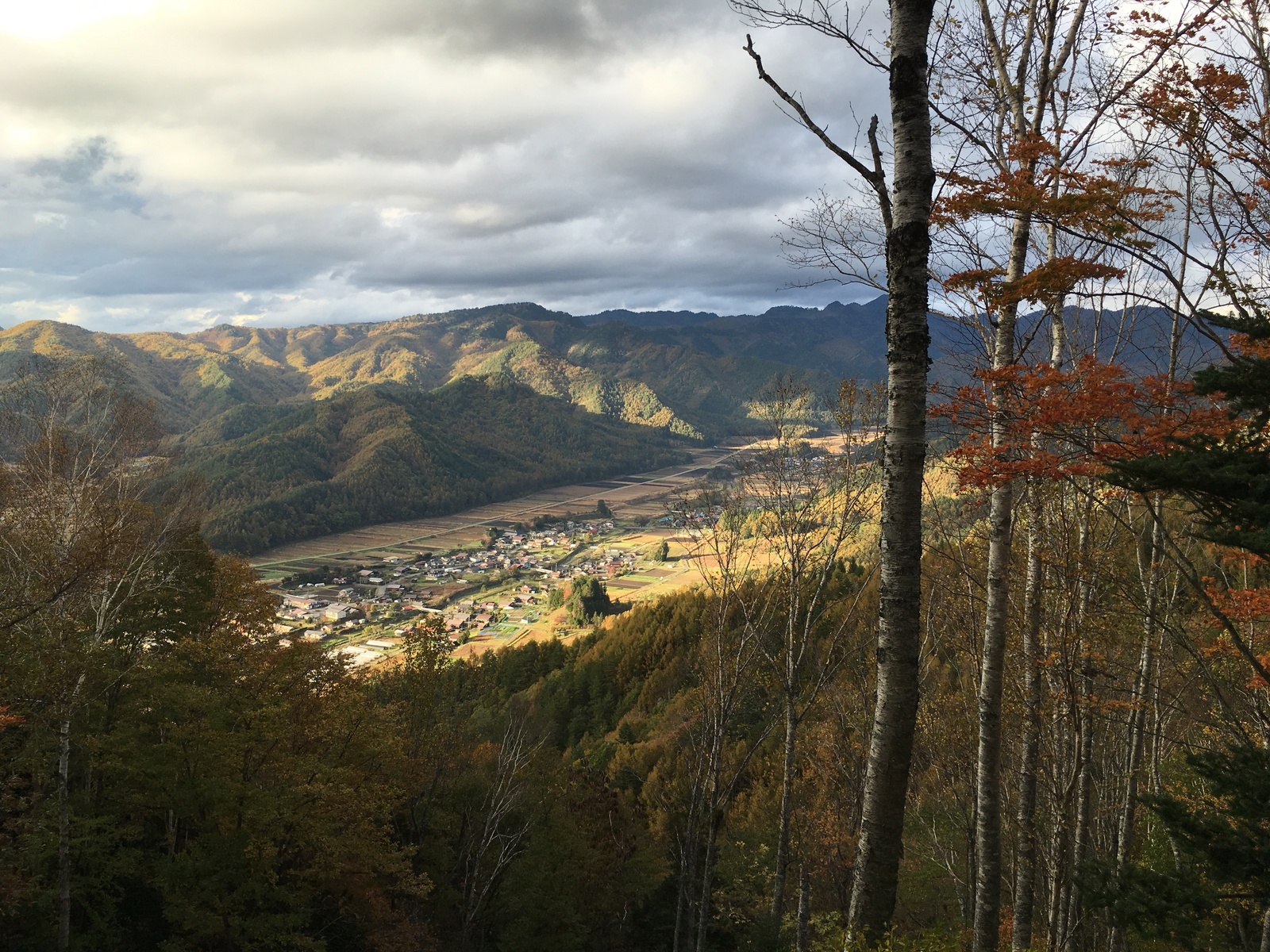
The Buri Kaido extended from Higashi Iwase in Toyama to Matsumoto in the heart of Nagano, passing Hida Takayama along the way. Yellowtail caught from Toyama Bay were salted and transported along the route, earning it the name “Buri Kaido”—literally the Yellowtail Road. In Nagano, it was also known as the Hida Kaido, or the road leading to Hida.
For denizens of landlocked Nagano, yellowtail was a delicacy and considered an indispensable part of New Year’s cuisine. It’s said that yellowtail would sell for five times the price in Matsumoto than it would at port. The yellowtail brought into Matsumoto along this route came to be known as “Hida Buri.”
Although only certain sections of the original route remain, there are excellent trails with stunning mountain scenery, hot spring ryokans, and culinary delights. The Hida Kaido is a perfect extension to walking the Nakasendo, hiking in the Northern Alps, or visiting Takayama City.
Learn more about trekking along the Buri Kaido/Hida Kaido.
Akiba Kaido or the Southern Salt Road
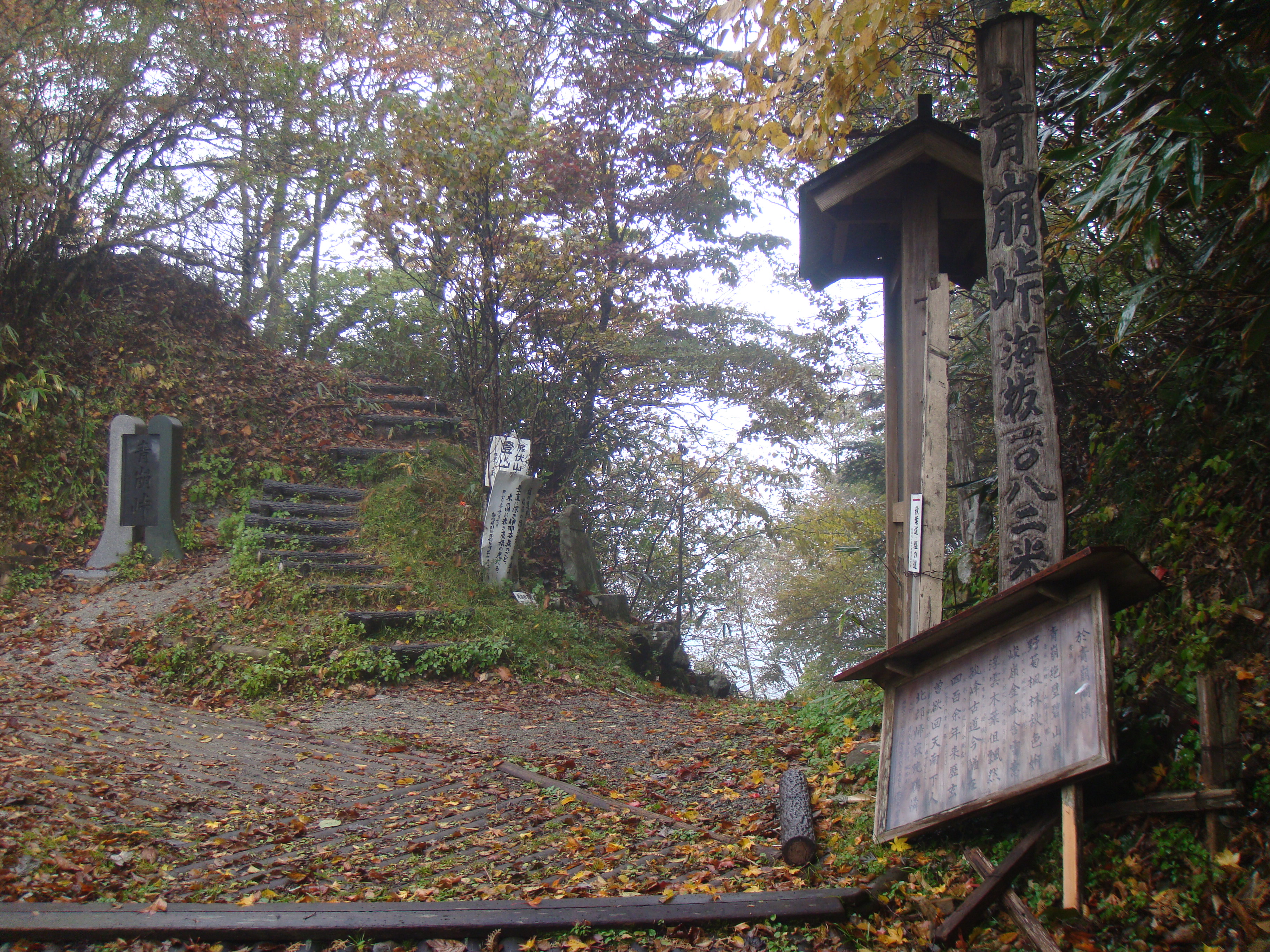
The Akiba Kaido, or Southern Salt Road, extends for 220 km from Kakegawa in Shizuoka Prefecture all the way to Matsumoto. On the way, it crosses the Southern Japanese Alps at Aokuzure Pass (1,082 m) before traveling through Tohyama-go, Oshika Village, Takato and Lake Suwa.
Being a landlocked prefecture, Nagano needed to import most of its salt. Salt came into Nagano one of two ways: from the Sea of Japan to the north or from the Pacific Ocean to the south. Consequently, salt was often referred to as northern salt or southern salt. Northern salt came along the Chikuni Kaido (a.k.a. Shio-no-Michi) and southern salt came along the Akiba Kaido. Incidentally, right around where these two roads would meet is an area called Shiojiri, which, translated into English, roughly means “the destination of salt.”
Some sections of the trail remain to this day, particularly around the mountain passes of Aokuzure, Jizo and Bunkui.
Conclusion
Each of these ancient trails, while relatively close to one another, served its own unique purpose. The Nakasendo is the most recent and retains much of its history, but there are many other paths to walk through Southern Nagano. Take a step off of Nagano’s most beaten track and venture even deeper into Japan’s past.

